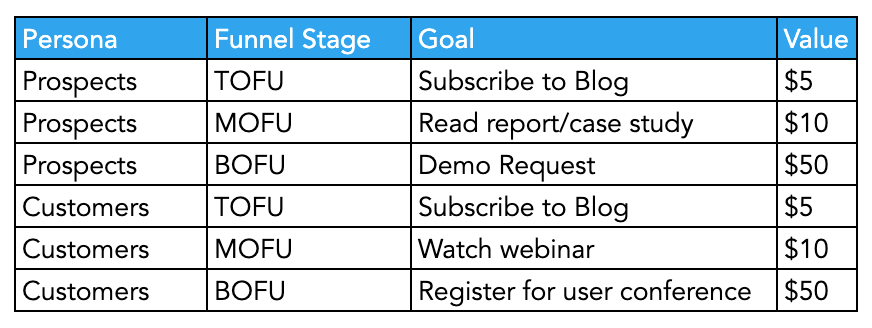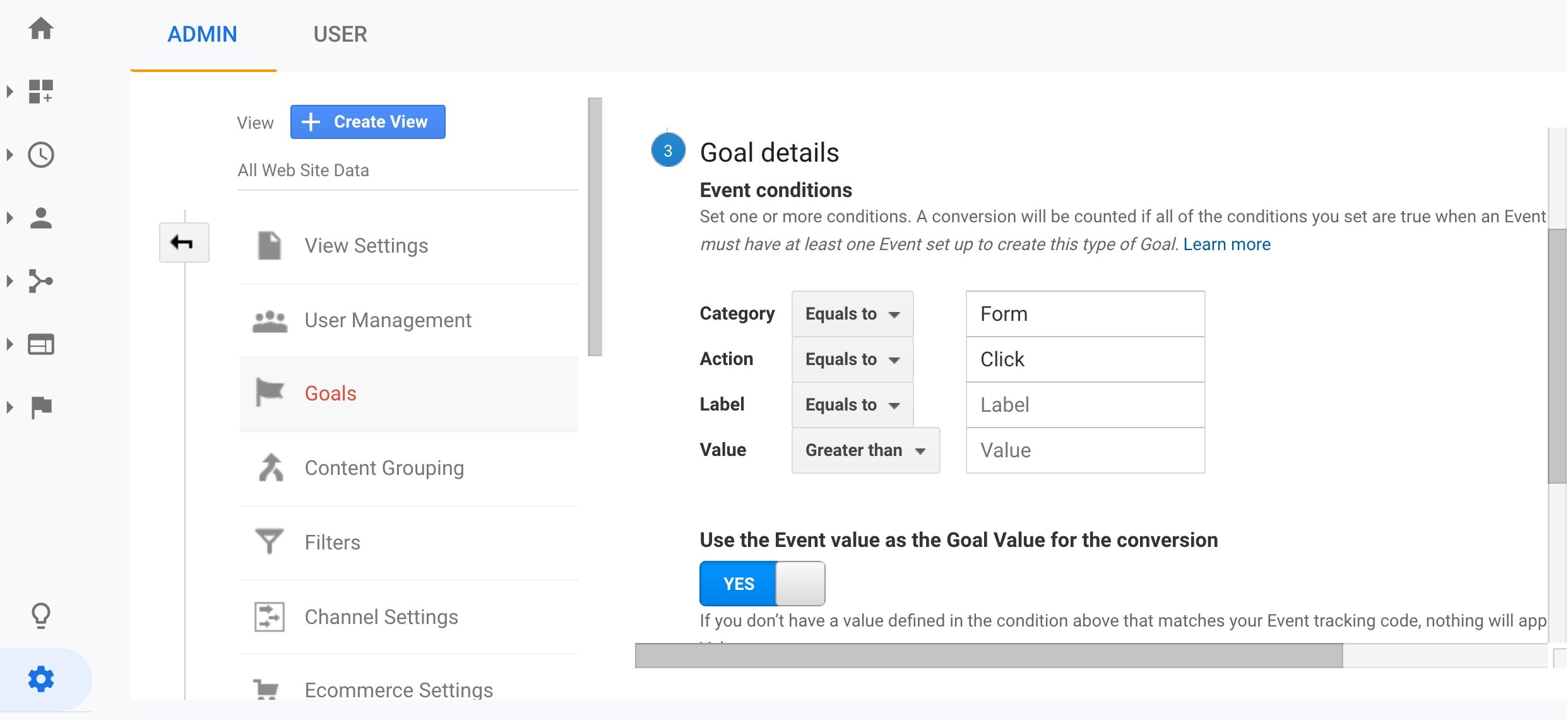What Data Is Google Analytics Goals Unable to Track: Learn the Limitations
What Data Is Google Analytics Goals Unable to Track: Learn the Limitations
Blog Article
Introducing the Blind Attractions: Recognizing What Google Analytics Goals Can not Determine
In the world of electronic analytics, Google Analytics stands as an effective device for monitoring and analyzing online user interactions. Amidst its robust abilities, there exist blind spots that typically avert measurement. what data is google analytics goals unable to track. Comprehending what Google Analytics goals can not measure is essential for acquiring an extensive view of user behavior and engagement. As we delve right into the details of these blind places, we discover a complicated web of uncharted territories that hold valuable understandings into user activities and inspirations, challenging conventional knowledge and dropping light on the limitations of our data-driven understanding.
User Behavior on External Operatings Systems
Recognizing just how individuals communicate on outside platforms is essential for optimizing online techniques. Exterior systems, such as social media sites networks, recommendation websites, and on-line forums, play a considerable role in driving website traffic to a firm's site. By assessing individual behavior on these systems, organizations can obtain useful insights right into the effectiveness of their marketing initiatives and the preferences of their target market.
One key facet of customer habits on exterior platforms is the reference source. By tracking where the customers are coming from, services can recognize which systems are driving the most traffic to their internet site. This info can help business designate their resources better, concentrating on the systems that yield the best results.

Offline Conversions and Interactions
Examining individual behavior on outside platforms offers valuable insights right into on the internet strategies; nonetheless, thinking about offline conversions and interactions is just as vital for an extensive understanding of a business's overall performance. Offline conversions, such as in-store purchases or phone questions, play a substantial role in many services' success.

Attribution Beyond Last Click
When delving into the realm of electronic marketing analytics, it comes to be vital to look past the solitary touchpoint of the last click for a much more extensive understanding of attribution. While Google Analytics gives important insights into individual habits, relying only on last-click attribution can be limiting visit site - what data is google analytics goals unable to track. Acknowledgment versions that exceed the last click use a more nuanced sight of the customer journey, considering all the touchpoints that cause a conversion
Acknowledgment past the last click enables marketers to assign credit score to numerous communications along click this link the conversion course, providing a more clear image of the efficiency of different marketing channels. By exploring multi-touch acknowledgment versions such as straight, time degeneration, or position-based acknowledgment, businesses can better allot their advertising budget plans and optimize their methods for maximum effect.
Recognizing the influence of each touchpoint in the conversion procedure is essential for making educated choices and making best use of ROI. By embracing attribution past the last click, companies can acquire much deeper understandings right into consumer actions and customize their advertising and marketing initiatives a lot more efficiently.
Cross-Device and Cross-Browser Tracking

In a similar way, cross-browser monitoring matches cross-device tracking by capturing individual habits as they switch over between different web internet browsers. Recognizing just how users interact with sites on different internet browsers can aid marketers optimize their on the internet experiences to guarantee consistency and performance across different platforms.
Qualitative Data and Individual Intent
Comprehending individual intent with qualitative data analysis is essential for establishing targeted digital marketing techniques that resonate with the needs and choices of the target market. Qualitative information gives understandings into the 'why' behind individual actions, shedding light on inspirations, feelings, and choices that quantitative data alone can not capture. By analyzing customer responses, remarks, and interactions, online marketers can uncover beneficial details regarding individual intent, enabling them to tailor their messaging, web content, and offerings to much better line up with what their audience is looking for.
Qualitative information why not try this out also helps in recognizing the context in which individuals engage with a website or application. This contextual understanding allows online marketers to create even more pertinent and individualized experiences, eventually driving higher involvement and conversion prices. By diving into individual intent through qualitative information analysis, businesses can obtain a deeper understanding of their target market, causing much more effective advertising techniques that meet customers' demands and assumptions.
Conclusion
To conclude, Google Analytics goals have constraints in determining customer habits on external platforms, offline conversions, acknowledgment beyond last click, cross-device and cross-browser tracking, and qualitative information connected to user intent. what data is google analytics goals unable to track. It is essential for companies to be familiar with these dead spots in order to supplement their information analysis with various other devices and techniques to gain an extra comprehensive understanding of their audience and improve their overall electronic advertising methods
By examining user behavior on these platforms, organizations can gain important understandings right into the effectiveness of their marketing efforts and the preferences of their target audience.
Examining customer behavior on external platforms offers useful understandings right into on-line approaches; however, considering offline conversions and interactions is equally critical for a comprehensive understanding of a company's overall performance.In digital marketing analytics, moving past last-click acknowledgment to discover cross-device and cross-browser monitoring is essential for gaining a holistic understanding of user communications throughout numerous systems and gadgets. By evaluating customer responses, remarks, and interactions, marketing experts can reveal useful info about user intent, allowing them to customize their messaging, material, and offerings to better align with what their audience is looking for.
By diving into user intent via qualitative information analysis, businesses can gain a much deeper understanding of their target audience, leading to a lot more effective marketing approaches that satisfy users' needs and assumptions.
Report this page